1. March 12th
It was 6.30am in Washington DC and still dark outside when the then taoiseach Leo Varadkar came to a podium outside Blair House. The previous day, Ireland had recorded its first death from Covid-19, and the World Health Organisation had formally declared a global pandemic.
Varadkar was calm but blunt: “There will be many more cases. More people will get sick and unfortunately, we must face the tragic reality that some people will die.”
Acting directly on the advice of the National Public Health Emergency Team (Nphet), which had met the previous night in Dublin, he stressed that everything was now about buying time: slowing down the spread of the virus so that the health service would not be overwhelmed while testing, tracing, treatments, and eventually a vaccine, could be developed.
Schools, colleges, childcare facilities and cultural venues would close. “Our advice” (though not actually a regulation) was that all gatherings indoors of more than 100 people, and outdoors of more than 500 people, should be cancelled. Later that day, the entire 2020 St Patrick’s festival was written off.
In hindsight, it is arguable that the responses announced that day were too timid. The measures were set to last only until March 29th. There was no definite instruction for people not to go into their workplaces – working from home was recommended “where possible” – but the default expectation was still of a cautious version of the old norm.
The plan for travellers coming into the country was merely “to ensure that everyone entering Ireland through our ports and airports is fully informed and self-isolates if they develop symptoms”. Restaurants and cafes were merely asked to “look at ways that they can implement the public health advice on social distancing”.
It was not for another three days, on March 15th, that pubs were “advised” by the government to close.
However the government did manage to signal to the Irish public the seriousness of the threat of coronavirus. This contrasted favourably with the failure of the British government to do likewise. Boris Johnson’s regime allowed the Cheltenham racing festival, attended every afternoon by more than 60,000 people – many of them Irish – to go ahead as usual.
Even more shockingly, it allowed Liverpool to play Atlético Madrid at Anfield on March 11th. Among the 54,000 crowd were 3,000 fans who travelled from Madrid, already a Covid-19 hotspot.
It may never be possible to say how much of a spillover into Ireland there was from Johnson’s recklessness and the dawdling of his administration over these crucial weeks. What is clear at least is that the sombre messaging from the Irish government, though far from perfect, was more effective and that this undoubtedly saved lives.
2. March 16th
The Health Protection Surveillance Centre, which monitors the course of the pandemic, was notified of the first two clusters of Covid-19 cases in nursing homes. A cluster is defined by public health officials as two or more cases in the one setting. This was the moment that had been dreaded since the novel coronavirus began to circulate in Europe. It had become obvious from the outbreaks in Asia earlier in the year that older people were extremely vulnerable (over 90 per cent of those dying were aged over 65) and that people living in the congregated settings of residential care homes were particularly at risk.
Yet the taoiseach’s big statement of March 12th did not mention nursing homes. Later that day, the government did announce restrictions on visitors to the homes. But that in itself told a story.
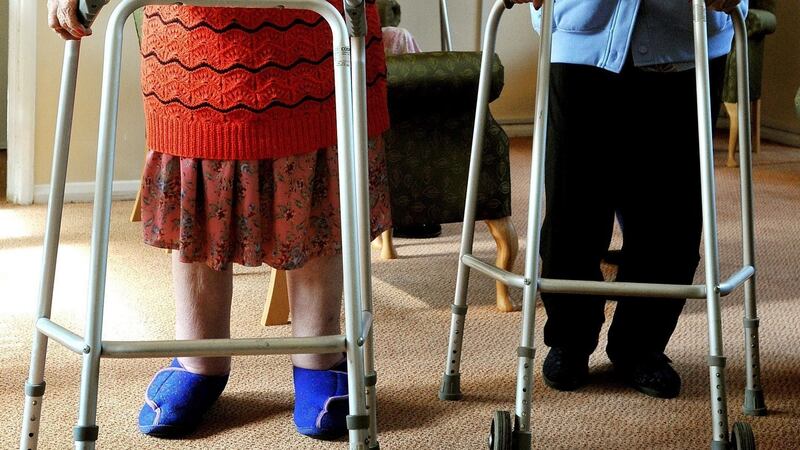
The first time nursing homes were mentioned by Nphet was at its 12th meeting, on March 10th. It was agreed “that unilateral or widespread restrictions of visiting, which the nursing homes and some hospitals were implementing themselves, is not required at this time”.
So Nphet’s first decision in relation to the sector most likely to be devastated by the outbreak was to push back against safety measures it was already putting in place.
This was in part a reflection of the composition of Nphet itself: it had no direct representation from the nursing home sector. And this in turn was partly a reflection of the nature of nursing home care – of the 32,000 beds across the country, almost 80 per cent are privately operated.
Alarm at the possibility of a catastrophic outbreak in these residential settings had been raised since February 28th when Nursing Homes Ireland, which represents the private operators, began pressing its concerns with ministers and Department of Health officials.
But the focus of the State’s emergency team and the department was very much on what was seen to be the most urgent task: getting acute hospitals ready for an expected wave of cases in the general community. The private nature of most homes seems to have created an initial reluctance to take responsibility for the provision of personal protective equipment (PPE) and other urgently necessary measures.
Chief Medical Officer Dr Tony Holohan later defended the Nphet strategy, saying that introducing restrictions “too early” or “keeping them for too long” could have weakened “public buy-in and understanding” and increased “the risk of those measures not being effective”.
A staffing crisis began to unfold just as the virus was spreading most virulently in both public and private care homes. Some homes were experiencing absenteeism of 40-50 per cent, as staff fell ill or fled to safer jobs, placing terrible demands on remaining workers, who were also dealing with the trauma of seeing their residents die without the comfort of close family. Senior managers were also infected, leaving some homes with a dearth of leadership.
3. March 27th
This was the day “lockdown” became an accurate word. The Oireachtas passed new emergency measures, and Varadkar again addressed the nation to explain them.
On St Patrick's Day, he had warned there "would be a calm before the storm". Now, the message was that the storm was upon us. The number of admissions to intensive care units had doubled over the previous five days. If this rate of increase continued, the hospital system would face inundation. By this stage, people had seen the terrifying images from Bergamo in Italy of army trucks ferrying away the dead because the local crematorium could not cope. The disaster movie was threatening to become real.
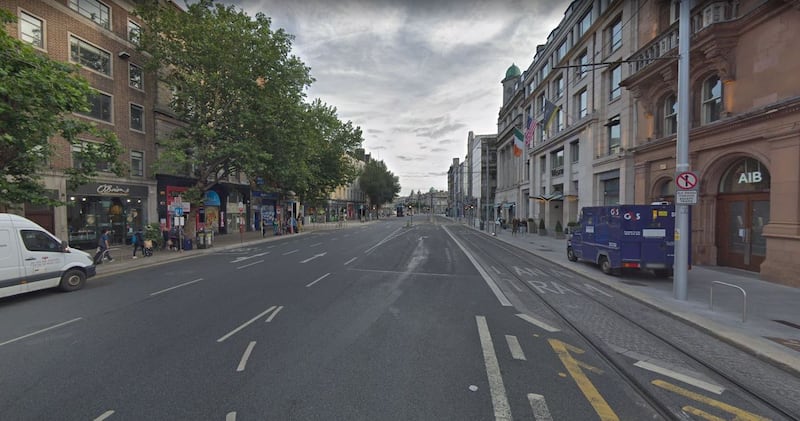
Hence, “everybody must stay at home in all circumstances” except work-related travel for essential workers, shopping for food, vital family care and brief physical exercise within 2km of home. All public and private gatherings of any number of people outside a single household were banned.
This was the through-the-looking-glass moment when we entered a very strange world. We ceased to be social animals. Grass grew on the main streets, and wildlife invaded the cities. People began to patrol intently their tiny little domains, getting to know the cracks in the pavement and the minute habits of the neighbours to whom they could not stop and chat.
This was also when the pain of separation became most acute, with people not being able to attend the funerals of loved ones who had died without them and the over-70s cut off in the new dispensation of “cocooning”.
4. March 28th
The peak number of new cases of Covid-19 in the general population (which is to say, outside of hospitals, nursing homes and residential institutions) was reached on the day after lockdown, March 28th.
Nobody knew this at the time, of course, and there can be no certainty that this peak will not be surpassed in the future. But this was the point from which it began to be possible to say the pandemic in the community was being slowly brought under control. And, just as importantly, that the hospital system was surviving without being overwhelmed.
There were 646 people in hospital due to Covid-19, 84 of them in intensive care units. One of the great fears had always been that healthcare workers would fall ill, leaving fewer and fewer trained personnel to look after those who were gravely sick. The fear was not hysterical – at this juncture, 578 healthcare workers had tested positive for the virus, almost a quarter of the total number of confirmed cases in the State.
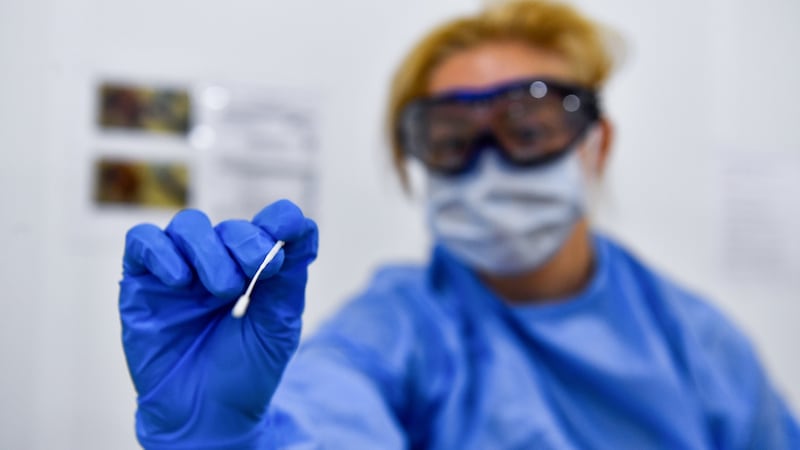
Yet the levelling-off of the number of new cases in the community shows that, even before the severe lockdown was enforced, people were, for the most part, behaving carefully and responsibly.
This certainly does not mean lockdown was unnecessary, but it does point to the undramatic yet crucial fact that social solidarity had kicked in. This is the single most important aspect of the response to the pandemic: the public, by and large, made it their own.
5. March 31st
But what was happening in the outside world was not yet mirrored in the embattled world of nursing and care homes. On March 31st Nphet belatedly approved a six-point plan for residential care homes. The Health Service Executive’s national and regional governance structures took more responsibility for helping the private homes; risk mitigation measures were put in place in suspected or known Covid-19 positive settings; and there was a much more concentrated focus on testing in homes and on the provision by the HSE of PPE for staff and of oxygen for residents who had become ill.
These measures gradually began to slow the progress of the virus in the homes, but not before it had wreaked havoc.

Ireland was not unique in its failure to protect the most obviously vulnerable section of the population – the UK and the United States were significantly worse. But some countries did much better. The virus, as it did in so many areas, showed up the weaknesses that everyone knew about but most people ignored: in this case, a fragmented system of care in which some residents have excellent facilities and some don’t and in which too many staff are poorly paid, are agency workers employed on temporary contracts and are undervalued.
6. April 17th
This was the peak of the pandemic in the State (taking community and institutional cases together) so far. The highest number of deaths as a result of Covid-19 occurred during the week ending April 17th, when 270 people lost their lives. The peak number of confirmed cases also occurred during the week ending April 17th when 6,049 people were diagnosed with the virus.
The rate of reproduction, the “R” rate, the number of people each person infected with the virus transmits it to, was now between 0.7 and 1.0, which meant that the lockdown was successfully suppressing the disease. However, there were still two pandemics – one for the general public, where the news was promising, and one behind the walls of the care homes, where cases and deaths continued to rise.
The number of new cases in nursing homes reached its peak in the last week of April, a month after this happened in the general community. The measures initiated on March 31st were having their effect and, from here, the tide would slowly recede. But the toll had been fearful. By the end of August, there had been 276 clusters of infection in nursing homes and 189 in other residential settings, leading to 56 per cent of all deaths.
One great lesson from this trauma is that out of sight is out of mind. For example, for the age group between 80 and 84, the incidence of Covid-19 was 15 per cent for nursing home residents, but just 0.6 per cent for those living in the community.
Of course, people in care homes were more likely to have debilitating conditions, but even so the gap is staggering. Supporting older people where they want to be – in their own homes – is not just kinder. It is safer.
7. June 29th
“Summer is not lost,” declared Varadkar on June 5th; he would be taoiseach until June 27th when Fianna Fáil, Fine Gael and the Green Party formed a new coalition Government. On May 1st, the government had published a five-stage “roadmap” for the gradual easing of restrictions, but it was now able to accelerate the plan to four stages. The great leap forward was on June 29th. Travel restrictions, already loosened to allow movement within one’s own county or 20km from home, were relaxed. Shops had opened in the middle of June – with restrictions to protect the public – but now restaurants and pubs serving food, and services such as hairdressers,could open as well. Creches and childminders got back up and running.
8. July 13th
The face mask became an increasingly essential accessory. From July 13th, the coverings became mandatory on public transport, and by August 10th they would also be required for entry to most shops.
The odd thing is that public health officials seemed so reluctant to impose this measure. Face masks had been used by people throughout Asia from the beginning of the pandemic and clearly played a role in the successful suppression of the virus. Research showed 95 per cent of “viral load” could be trapped in a basic mask. Unions representing bus and rail workers had been calling for compulsory masks for passengers from the beginning of May.
Yet there seemed to be a fear that most Irish people wouldn’t obey the rules. Once the rules were clear, most did.

The sense of uncertainty in public messaging was compounded on July 21st, when the Government announced its “green list” of countries from which those returning to Ireland would not need to restrict their movements. In late June, Varadkar, then still taoiseach, had announced that the government would publish this list. Then he questioned whether the list should be published at all, given that Nphet was still advising against all non-essential foreign travel, regardless of whether a country is on the green list or not. The list was published eventually at midnight following a late-night Cabinet meeting, but the Government added that “the safest thing to do is not to travel”. The inclusion of Greenland, San Marino and Monaco added a touch of farce. It added to an unsettling feeling that the clarity that had been one of the great assets of official communication was beginning to fade.
9. August 7th
A spike in new cases saw localised lockdown measures announced for counties Kildare, Laois and Offaly.
The first signs of official worry had emerged on August 4th. Pubs, hotel bars and nightclubs had been due to reopen on August 10th, but the Government announced that this would not happen as planned. The R rate had been rising above one.
But the specific problem is another case of “out of sight, out of mind”. Like the nursing homes, meat processing plants were seen only in society’s peripheral vision. A majority of their workers are migrants, often without basic entitlements – including, crucially, paid sick leave.
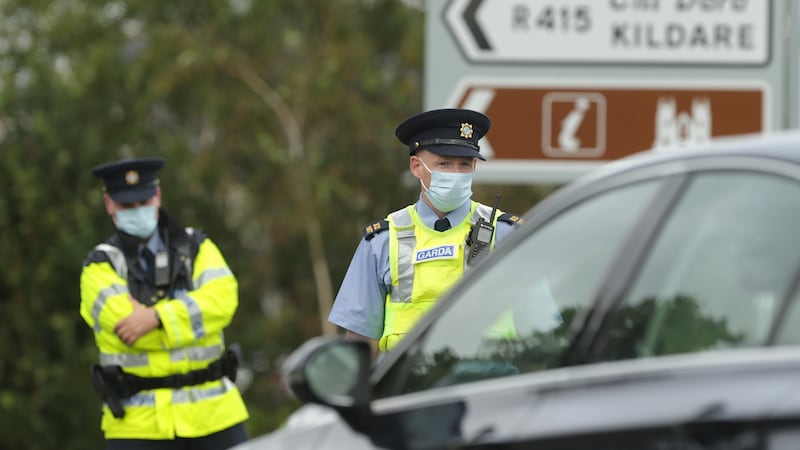
Like the nursing homes, meat plants were known in other countries to be major potential sites of infection: up to last weekend, there had been a total of 1,445 confirmed Covid-19 cases associated with 28 clusters in meat processors in the State. Yet, as with the nursing homes, official intervention was slow and light, until large-scale outbreaks forced drastic measures in three counties.
Laois and Offaly emerged from lockdown on August 21st but strict restrictions remained in place in Kildare until September 1st – a grim reminder that progress towards a new normality can be rapidly reversed.
10. September 1st
Schools opened again. Fingers were crossed, with hopes resting more on the energy and ingenuity of principals and teachers than on centralised planning. Issues that should have been addressed months earlier – the provision of prefabs and structural adjustments, the running of school transport – are in some cases being tackled on the fly.
The gamble is that the coping skills so well honed over the previous six months will see the country through the most crucial stage of emergence from the long lockdown.
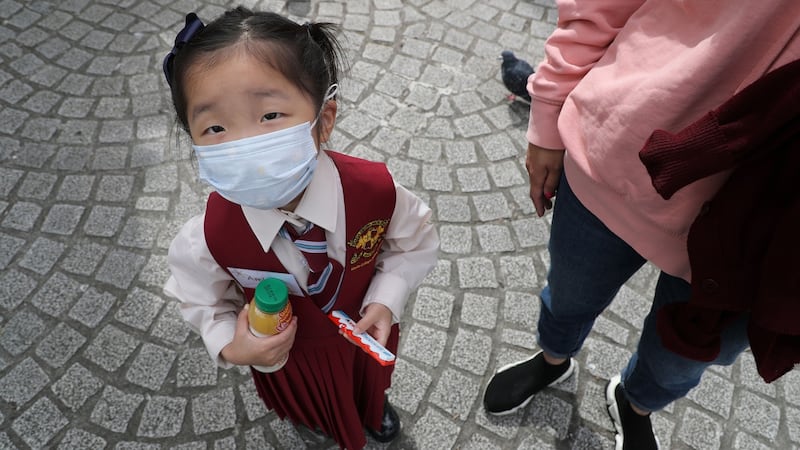
But there is a long way to go. Ireland’s incidence of Covid-19 is now higher than in Sweden, the UK, Germany and 14 other European countries. The incidence of the disease here is up to 12 times higher than it was two months ago. We have learned that extreme measures work, but also that when the grip is loosened, the agile virus rebounds.
In the balance between freedom and safety, there is as yet no equilibrium.


















